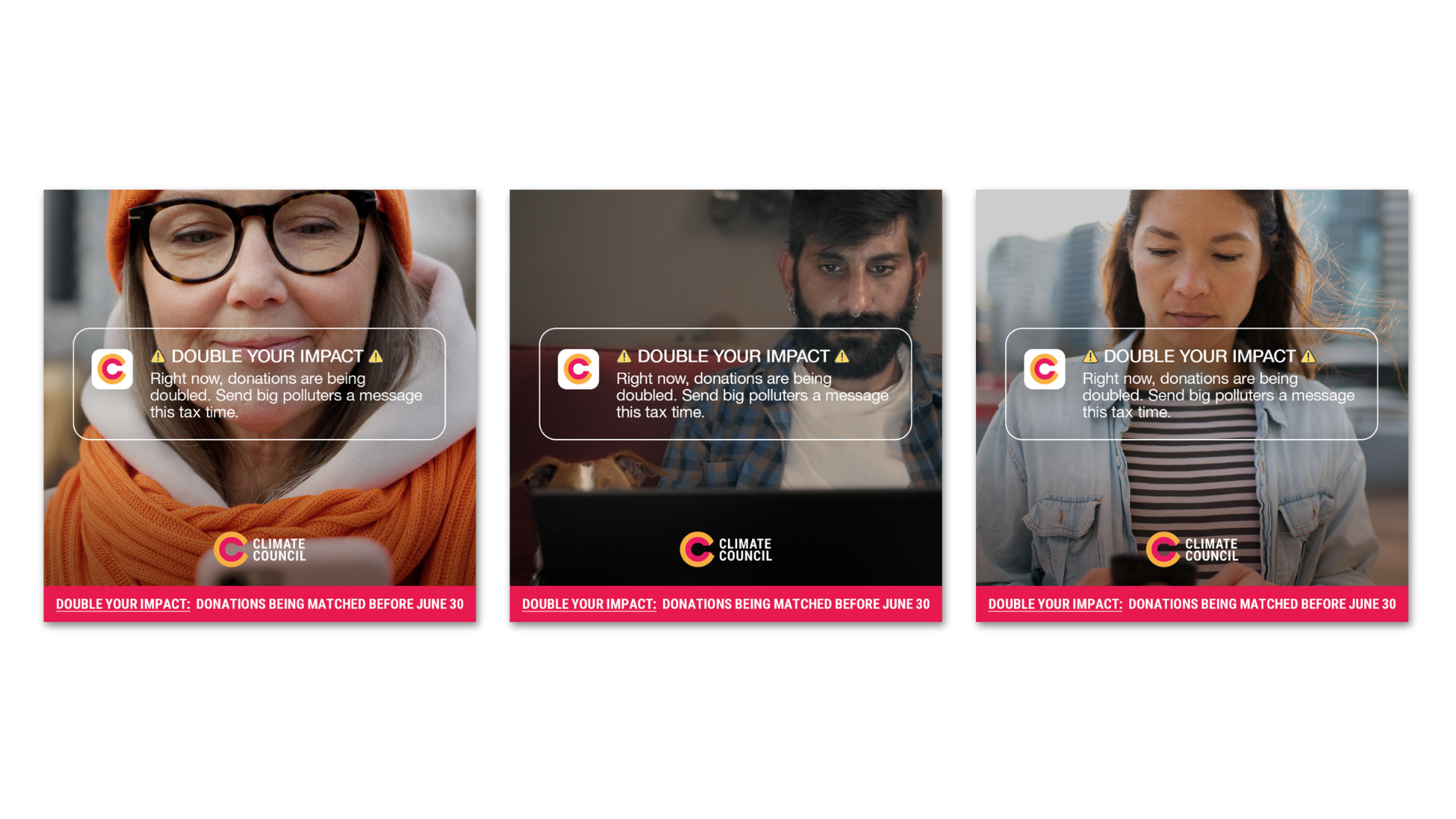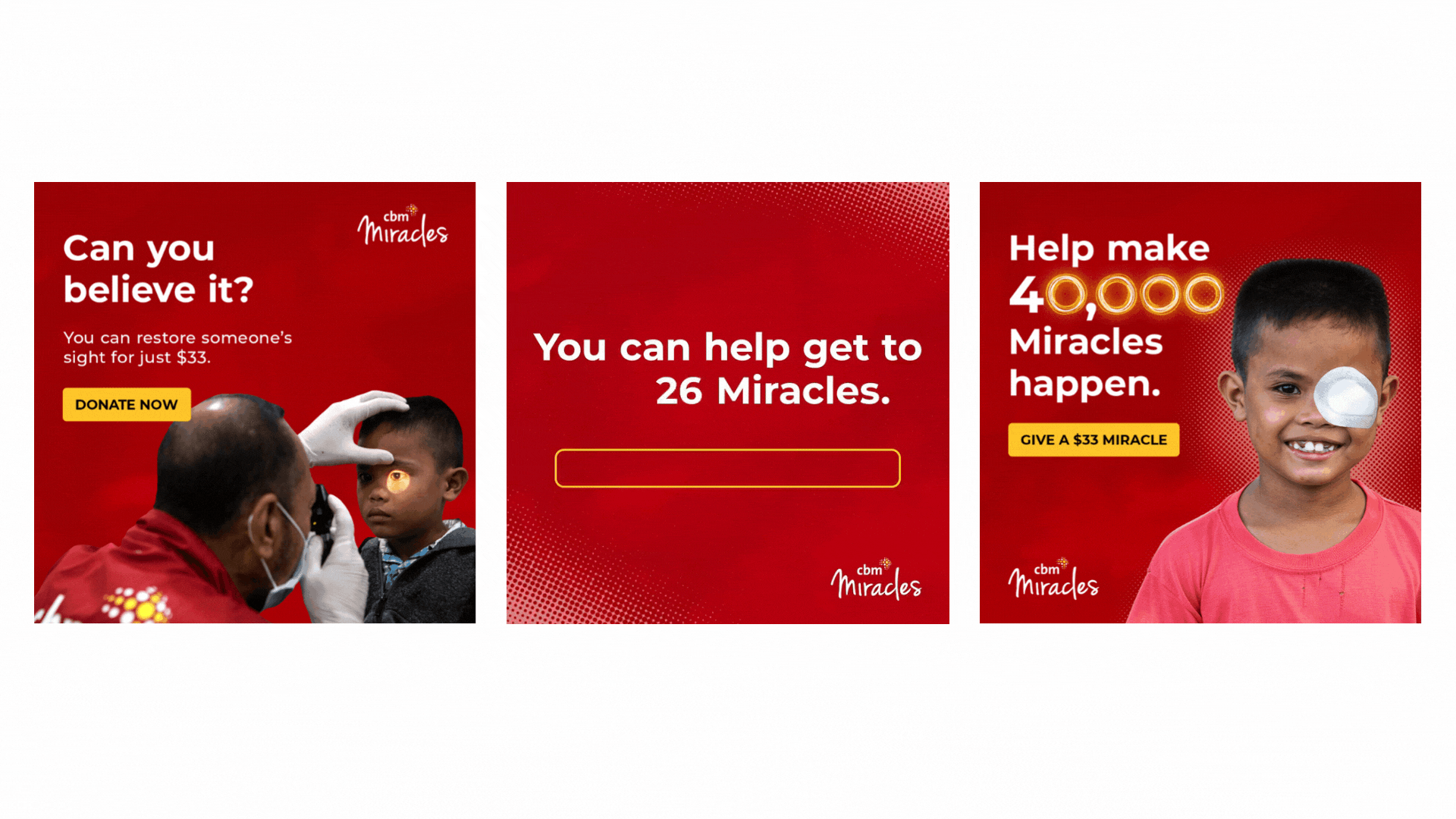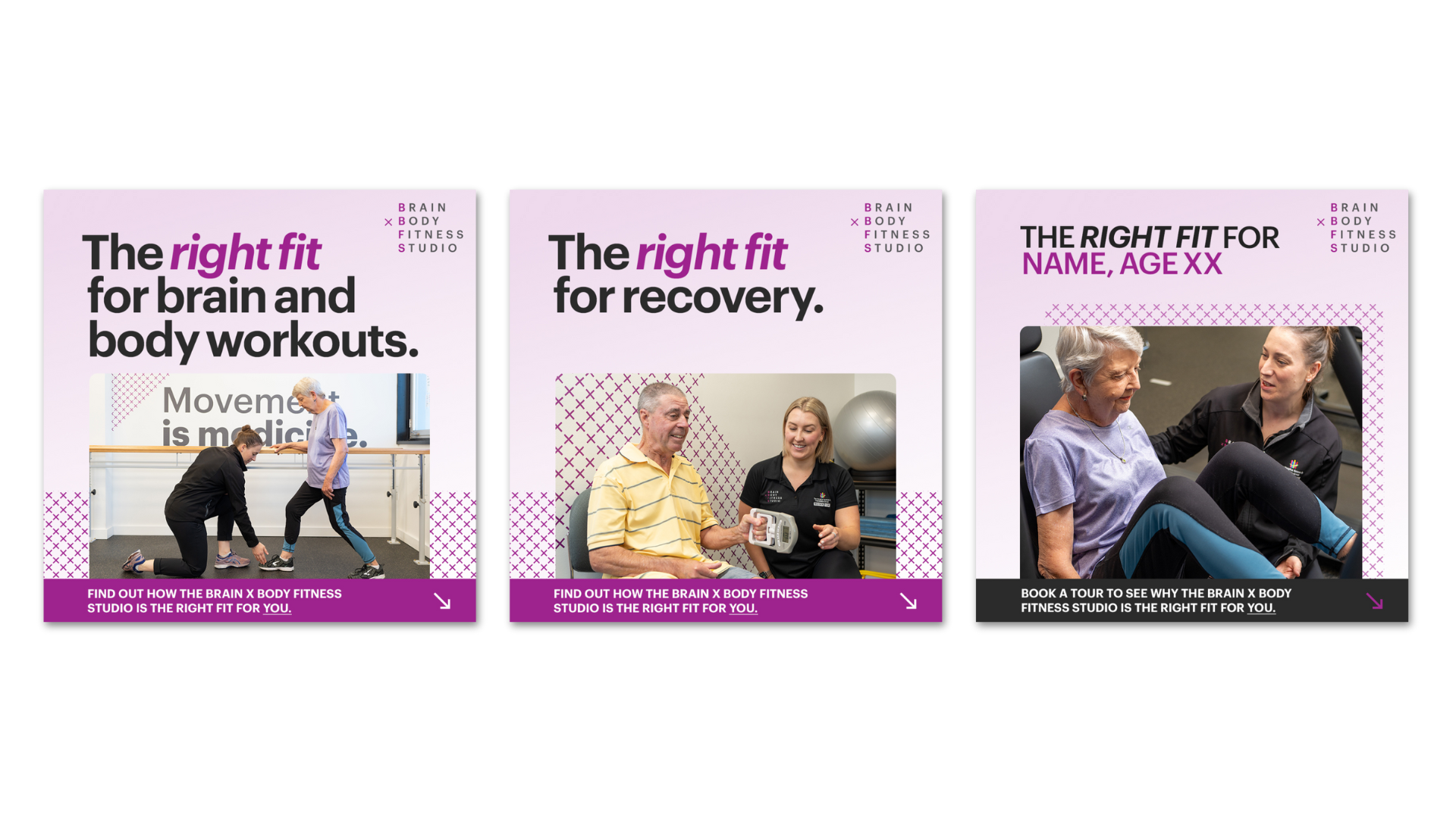Digital is your strongest channel for new donor acquisition, but most charities aren’t maximising it

Remember when digital was the “risky new channel” for new donor acquisition?
The one we added on as a test channel and used limited budgets for. That ship has well and truly sailed.
It’s a known fact that digital is now the dominant force in donor acquisition. But too many charities are still treating it like a support act, instead of the lead. It shouldn’t just complement your donor strategy. It is a key part of your donor strategy.
Here’s the kicker: digital isn’t just growing, it’s outperforming. In 2025, digital accounted for:
49% of new single givers (outpacing direct mail at 32%)
99% of new community & event givers
78% of emergency givers
12% of regular givers (and rising)
(Source: Benchmarking Report for 2025)
And it’s not just volume, but it brings in value too:
$143 avg. first gift via digital (vs. $141 DM)
$619 five-year value per digital donor (vs. $479 DM)
20–40% second gift rate when nurtured well
Yet, many organisations are still relying on outdated tactics and old assumptions when it comes to digital.
So what’s going wrong?
What Charities Get Wrong About Digital Acquisition
1. Digital is treated as the sidekick
Digital gets tacked onto your campaign late in the process. This can look like recycling creative made for direct mail, not designed to interrupt the 2-second scroll.
2. Traditional appeals are seen only as a renewal or retention play
Appeals are designed to “re-activate” existing donors, but fail to speak to potential new ones.
3. The missed mid-year opportunity
Too many orgs only spend on digital during the big moments (i.e. Christmas, Tax), then go dark the rest of the year.
If you want to future-proof your fundraising, you need to treat digital as your primary engine for new donor growth.
Here’s how to do it.
1. Rethink Your Appeals to Make Them Work Harder for Acquisition
EOFY, Christmas, Spring — these aren’t just moments to re-engage existing donors. They’re peak entry points for new donors.
What’s working now?
Digital-first creative: Don’t just repurpose direct mail. You need bold, scroll-stopping assets designed for Meta, YouTube, and Display. Consider that the standard appeal story may not resonate as strongly with new donors, so how can you make it easy to grasp and compelling?
Identify new audiences and target them: Go beyond your CRM. Use lookalikes, interest-based audiences, and programmatic to reach new supporters.
Optimised landing pages: If your form takes 8 fields to complete, you’re losing them. Keep it snappy, mobile-optimised, and test every step.
Don’t wait till June or December: The most successful Appeals start building and nurturing audiences in the lead up to the campaign month. They launch, nurture early to drive increased conversion later on in the campaign.
Pro tip: Consider matched giving to boost urgency and cut through. It works.
Example:

2. Test a Standalone Digital Campaign
Think: 24-hour match appeals. Lead Generation. Giving Days. Digital-first emergencies.
These campaigns are built for urgency — and digital is where urgency wins.
What’s working now?
Set a clear, punchy goal: “Raise $50K in 24 hours” lands better than “Support our work”.
Real-time momentum tools: Countdown timers, progress bars, and live updates help drive action fast.
One message, everywhere: Make sure your creative and landing page are totally aligned. Same message, same tone, same energy.
Example:

3. Build an Always-On Digital Acquisition Approach to Lower Costs, Build Audiences
Most charities run digital like a tap is on during appeals, off the rest of the year. But always-on activity is where the real growth happens.
Why?
Because people don’t only feel generous at Christmas. Life events, news cycles, and personal values prompt giving all year round.
What’s working now?
Google search never sleeps: Every day, people are Googling “best charities for…” or “how to help kids in poverty”. You need to be there.
Meta ads for lead gen: Test petitions, pledges or quizzes to capture new audiences cheaply, then nurture them to convert.
More testing = better ROAS: Always-on lets you test creative, segment audiences, and prime new supporters before big appeals.
Pro tip: Even a $2K/month investment can return consistent donor growth if your funnel is optimised.
Example:

So… Which One Should You Start With?
Already running appeals?
Start by layering digital onto your EOFY or Christmas campaign with $10–20K in paid media to test acquisition at peak giving moments.
Ready for something more?
Try a standalone digital campaign. Since it’s a new campaign you’ll need more budget for strategy, assets and media with approx. $40–60K to drive urgency, reach new audiences, and unlock scale.
Playing the long game?
Invest in always-on activity with at least $100K annual budget (or pilot from $2K/month) to build audience pipelines, test creative, and grow sustainably year-round.
No matter your budget, almost every charity can get started or scale digital donor acquisition.